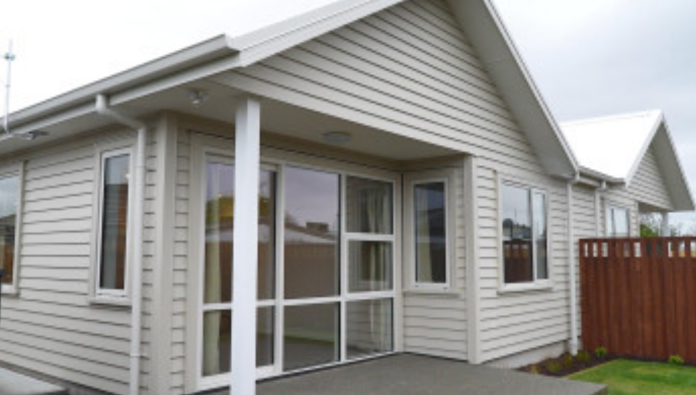New Zealand’s older public homes are being renovated in record numbers as Kainga Ora – Homes and Communities undertakes the one of the biggest housing renewal programmes the country has seen.
Some 747 public homes were extensively renovated over the past financial year at a cost of $251m, and another 820 will undergo renovations this year for a further investment of $323m.
Kainga Ora General Manager Construction and Innovation, Patrick Dougherty, says the renovations are part of a public housing renewal programme first piloted in 2019, when 69 old public houses were renovated.
The programme has grown steadily each year as Kainga Ora has invested more into continuing the country’s legacy of providing public houses to people in need.
“Some of our homes date back to the early days of public housing. They have been great homes, but they were designed for a different way of living and are starting to show their age,” Dougherty says.
“We’re breathing new life into those homes to make sure they’re not only warm, dry and safe, but work for the way people live both today and well into the future.
“We’re completely renovating the homes — with things like new kitchens, bathrooms, insulation and double glazing — to bring them up to modern standards.
“When the renovations are done, it’s like stepping into a new build — the effects can be truly life-changing for the whanau who live in those homes,” Dougherty says.
For the homes renovated last year, Kainga Ora supplies included:
• nearly 85,000 litres of paint,
• over 11,000 new double-glazed windows,
• just over 46,000 square metres of new carpet, and
• nearly 200,000 square metres of insulation.
About 12 trades work on each home, creating employment and training opportunities, and a raft of positive ripple effects for local builders, suppliers and individuals in communities throughout the country.
Kainga Ora build partner Rhys Finlay Construction has been completing renovations on about one public home a week in the Hutt Valley.
The company employs 50 people full-time, including seven apprentices, and contracts more than 100 tradespeople.
“Renovating an old state house is great training for our apprentices as we often need to problem solve with architects or engineers during construction,” company director Rhys Finlay says.
“We live and work in the Hutt Valley area so many people know us, and we’re seeing the impact these renovations are having on neighbourhoods.
“The Kainga Ora customers whose homes we complete are excited to move back home, and our teams take pride in seeing neighbourhoods refreshed as the homes are renovated.”
Dougherty says the renovation work Kainga Ora is doing is on top of the regular maintenance work it does on all its homes.
In the last financial year to June 30, 2023, Kainga Ora, through its maintenance programme, has:
• added 1,878,656 square metres of insulation to homes — enough to cover the Wellington Airport runway 21 times,
• installed 335,998 square metres of new roofing — enough to cover the roof of Auckland’s Eden Park Stadium 21 times, and
• fitted more than 20,000 new heat pumps and more than 9700 electric ovens.
“Our homes are cared for by a network of around 11,000 tradies across the country, who complete more than half a million maintenance jobs a year — that’s roughly one every minute, 24 hours a day, 7 days a week,” Dougherty says.
“We understand New Zealand’s public housing is a taonga, and it’s one we’re committed to investing in so it can continue to benefit future generations for years to come.”
• Kainga Ora is the country’s public housing landlord, with more than 72,000 properties providing homes to about 185,000 New Zealanders.
It is also leading the New Zealand Government’s state house building programme with more than 4200 new public homes in construction for delivery by the end of June 2024. It’s renovation and maintenance programmes are in addition to this build programme.
In main metropolitan areas, Kainga Ora generally develops or redevelops Crown-owned land to meet the demand for public homes.
The majority of renovations are undertaken in the regions or outlying main centre suburbs.





